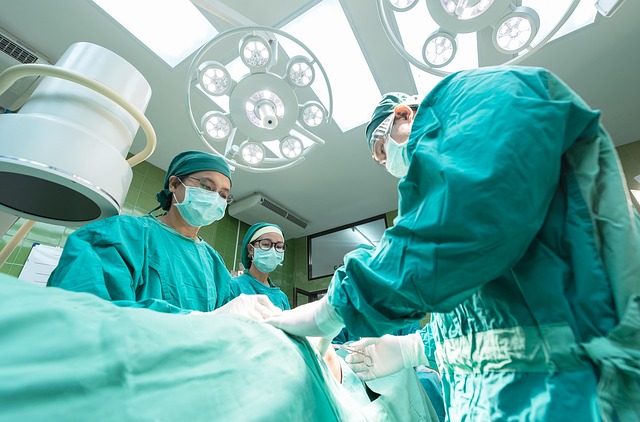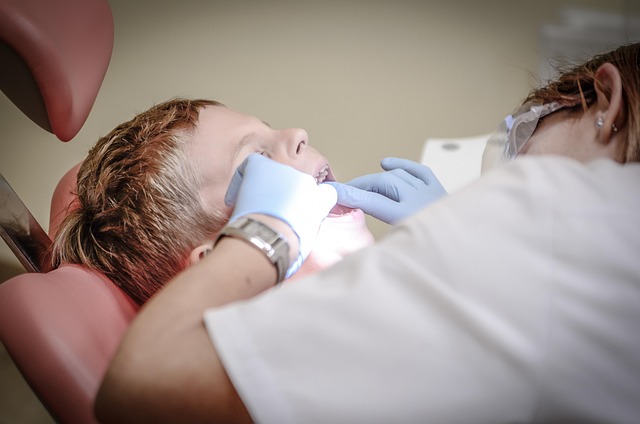Aneurysm Treatment: Procedures, Technology, and Care
An aneurysm is a weakened, bulging section of a blood vessel that can occur in the brain, aorta, or other arteries. Treatment decisions depend on size, location, growth rate, symptoms, and overall patient health. Options range from careful monitoring to urgent repair. This article summarizes common treatment approaches, the role of advanced medical technology, what happens in the operating room, and how a coordinated medical team uses specific medical equipment to manage aneurysms safely.

This article is for informational purposes only and should not be considered medical advice. Please consult a qualified healthcare professional for personalized guidance and treatment.
What surgical procedure options exist?
Surgical procedure choices for aneurysms generally fall into two categories: open surgical repair and endovascular repair. Open repair (clipping) involves a craniotomy for brain aneurysms or open vascular reconstruction for aortic aneurysms, physically excluding the aneurysm from circulation. Endovascular procedures (coiling, flow diversion, stent grafting) are done through catheters threaded via arteries to the aneurysm site. Selection considers rupture risk, anatomy, and patient factors; some small, stable aneurysms may be monitored without immediate intervention.
How does medical technology guide treatment?
Medical technology informs nearly every step, from diagnosis to follow-up. Noninvasive imaging such as CT angiography and MR angiography enables detailed vessel mapping. Digital subtraction angiography remains the gold standard for planning many procedures. Intraoperative navigation systems, neurophysiologic monitoring, and three-dimensional image reconstructions help refine approach and reduce complications. For endovascular care, technologies like detachable coils, flow-diverter stents, and specialized catheters have expanded options and altered risk profiles compared with older techniques.
What occurs in the operating room during repair?
The operating room is configured to support the chosen approach. For open surgical procedures, sterile fields, microscopes, and specialized instruments are prepared; anesthesia teams maintain physiologic stability while surgeons perform delicate vessel repair. In endovascular cases, hybrid operating rooms or angiography suites provide real-time fluoroscopic imaging, enabling interventionalists to navigate catheters and place devices. Communication among anesthesia, surgical, and imaging staff is critical to coordinate steps such as anticoagulation management, device deployment, and immediate complication response.
Who is on the medical team for aneurysm care?
A coordinated medical team typically includes neurosurgeons or vascular surgeons, interventional neuroradiologists or interventional cardiologists (for endovascular repair), anesthesiologists, and specialized nursing staff. Radiology technologists, perfusionists (for some open aortic repairs), and critical care physicians join for perioperative and recovery management. Rehabilitation specialists, physical therapists, and neuropsychologists may be involved after treatment when neurologic deficits or functional recovery needs are present. Each team member contributes to pre-procedure planning, intraoperative safety, and post-procedure monitoring.
What medical equipment is used in repairs?
Medical equipment varies by method. Open surgeries rely on surgical microscopes, bipolar cautery, vascular clamps, and microsurgical instruments. Endovascular treatments require catheters, guidewires, microcatheters, detachable coils, stents, and delivery systems compatible with imaging platforms. Imaging tools—angiography suites, fluoroscopes, CT and MRI scanners—are essential for diagnosis and guidance. Monitoring equipment for vital signs, intracranial pressure monitors in some cases, and laboratory support for blood management are also commonly used. Equipment selection aligns with anatomy, device compatibility, and procedural goals.
Recovery, follow-up imaging, and long-term care
Recovery varies by procedure type and patient condition. Many endovascular patients have shorter initial hospital stays than those undergoing open repair, but both groups require surveillance. Follow-up imaging schedules—often using MR angiography or CT angiography—track device position, aneurysm occlusion, or graft integrity at intervals determined by the treating team. Long-term care may include blood pressure control, smoking cessation support, and management of vascular risk factors to reduce recurrence or progression. Rehabilitation services address neurologic or functional deficits when present.
In summary, aneurysm treatment spans observation, minimally invasive endovascular therapy, and open surgical repair. Decisions integrate imaging findings, patient health, aneurysm characteristics, and the skills and coordination of a multidisciplinary medical team. Advances in medical technology and specialized medical equipment have broadened treatment options, while careful operating room planning and postoperative follow-up remain key to safe outcomes.
Sources:






